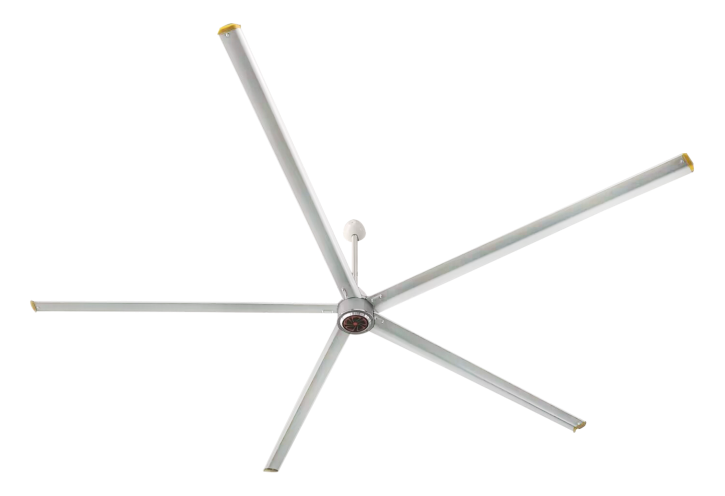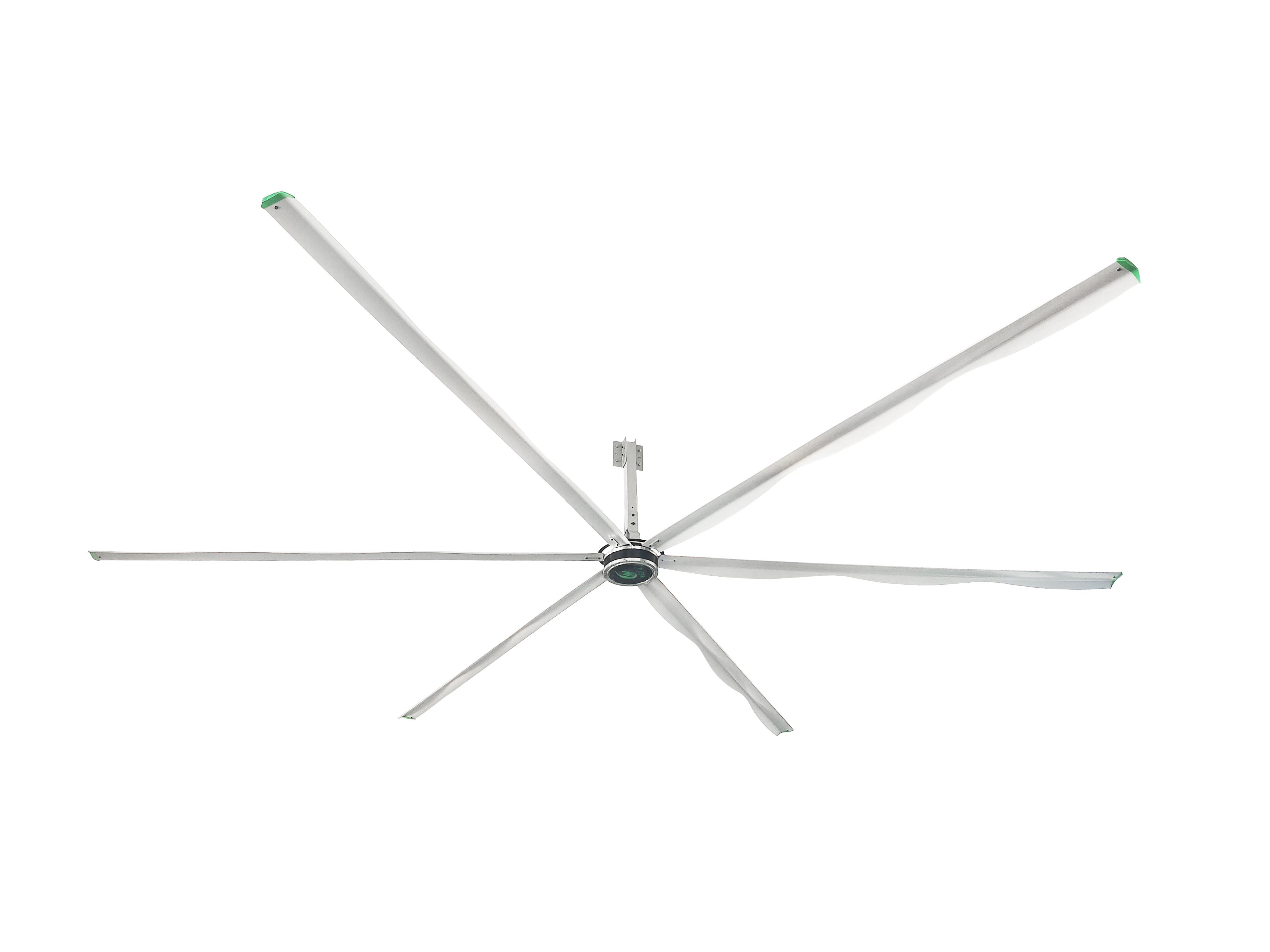НО.3 УЛИЦА ЦЗИНСИНГ, ГРАД ЧЕНГНАН, ГРАД УЕНЛИНГ, ТАЙДЖОУ, ДЗЕЦЗЯН, КИТАЙ +86 13858677078 [email protected]
Управлението на въздуха в големи помещения е уникално променено от наличието на промишлени таванни вентилатори HVLS. Тези вентилатори работят на удобно ниво, като работят с ниска цена на енергия и спестяват енергия за висока възвръщаемост. Опитвайки се да се придържа към най-новите тенденции и най-доброто качество, WEIYU® сега е добре позната марка в тази област и предлага решения за всички видове индустрии. Не продаваме вентилатори. Продаваме устройства, които помагат на работниците да работят по-добре и да се чувстват по-добре на работното място.



 НА ЖИВО
НА ЖИВО